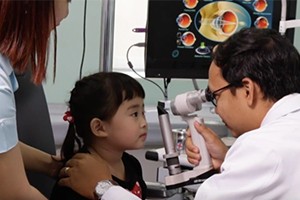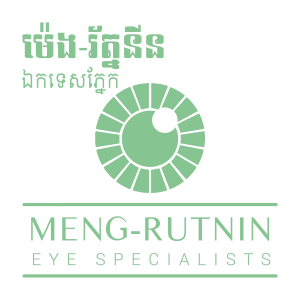

Did you know most eye problems can be fixed if treated early?
If a child has poor eyesight it can have a serious impact on his development and education. That's why it's so important to have your child examined by an optometrist by the age of 3. If your optometrist has any concerns they will refer your child to an ophthalmologist.
What you need to know about your child's eyesight?
6-8 weeks : At this stage, your child should be fixing on your face and following you with normal eye movements. If the eyes are turned or crossed you should contact your GP about a referral to an ophthalmologist.
Up to age 3 : The same principles apply up to the age of 3. Lazy eye (amblyopia) is a condition that can only be treated in childhood so it's important to see your GP or optometrist if you are concerned.
Pre-school : At this age there are few obvious signs of poor vision, so it's important to get your child checked for lazy eye which occurs in 2 per cent of children, as well as other causes of poor eyesight. Early treatment is vital because it's often impossible to improve a child's vision when they are older.
6 years : If your child starts to complain about having difficulty seeing board work at school or television, she may need glasses. It's best to book an eye examination with your optometrist as soon as you can to prevent your child's eyesight from deteriorating.
All ages : If your child develops painful or itchy eyes, red irritable eyes or a water or mucus discharge from the eyes, it's likely to be because of an infection or inflammation.
Lazy Eye
Amblyopia or “lazy eye” is a serious eye condition that affects around 2 per cent of children. It can have long-term repercussions if left untreated, so it’s important to get your child’s eyes examined before they start school.
What are the causes of lazy eye?
What are the symptoms of lazy eye?
Your child may be unaware that he or she has defective vision. Here are the main symptoms you should watch out for:
What treatments are available?
There are four main treatment options for lazy eye.
Orthoptics therapy is a series of exercises that encourage the eyes to work as a team. This therapy is most effective on children under the age of 7, but can work well with patients of any age.
